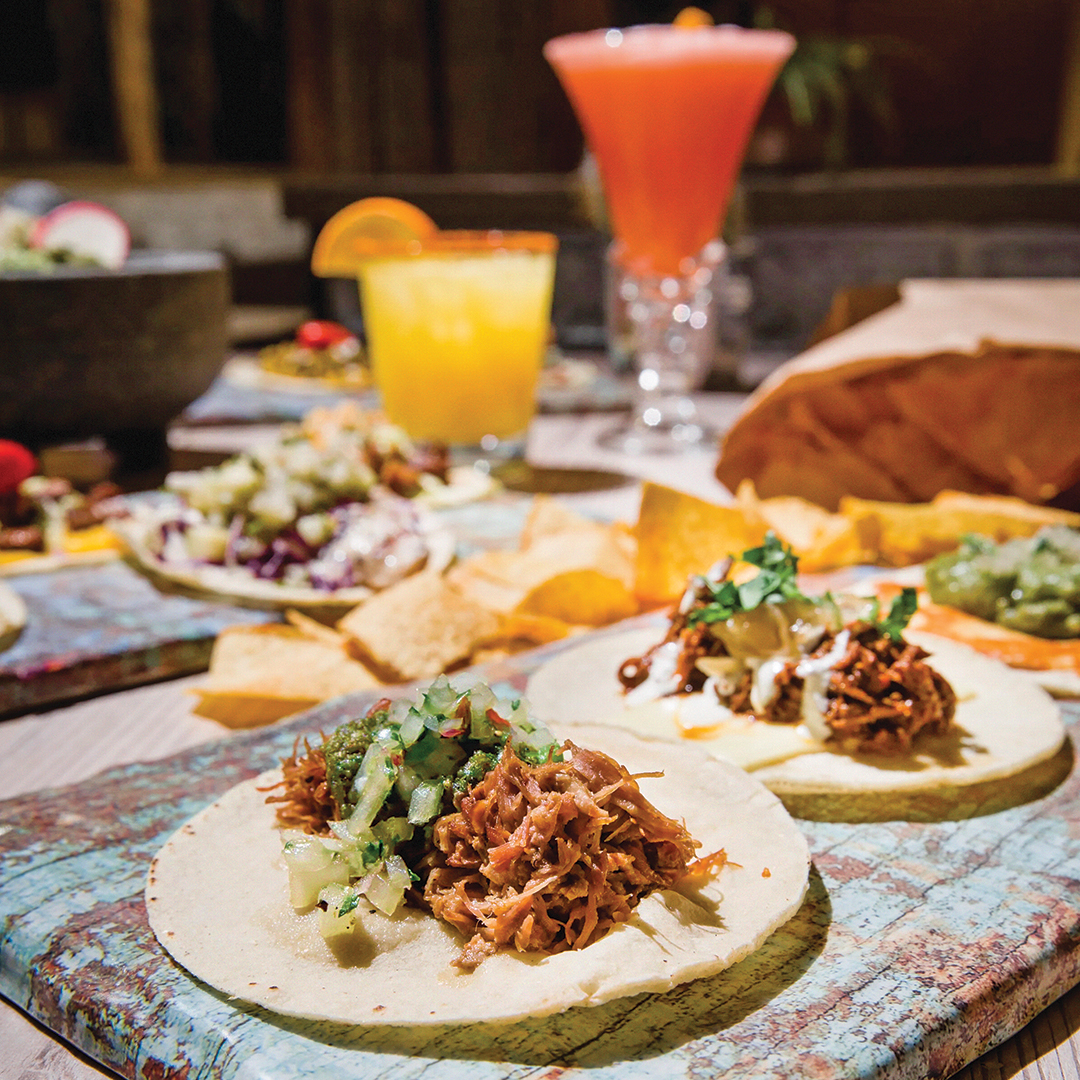Tacos are a go-to meal option for many Americans. In fact, in the United States alone, it is estimated that we consume over 4.5 billion tacos every year—and how could we not? Tacos are so ubiquitous, you can find a taco truck, taqueria, or taco stand in every town, no matter the size. And if you aren’t noshing on them at your favorite eatery, you’re eating them at your kitchen table. So, where did the tasty little taco originate?
The origin of tacos begins with corn. Sometime around 3,000 BC, Mexicans excavated the “Valle de Tehuac” in eastern Central Mexico and hybridized grasses to create the corn plant. Indigenous cultures viewed corn as the foundation of humanity or the seed of life. They revered corn because it quite literally kept them alive and dramatically improved their quality of life.
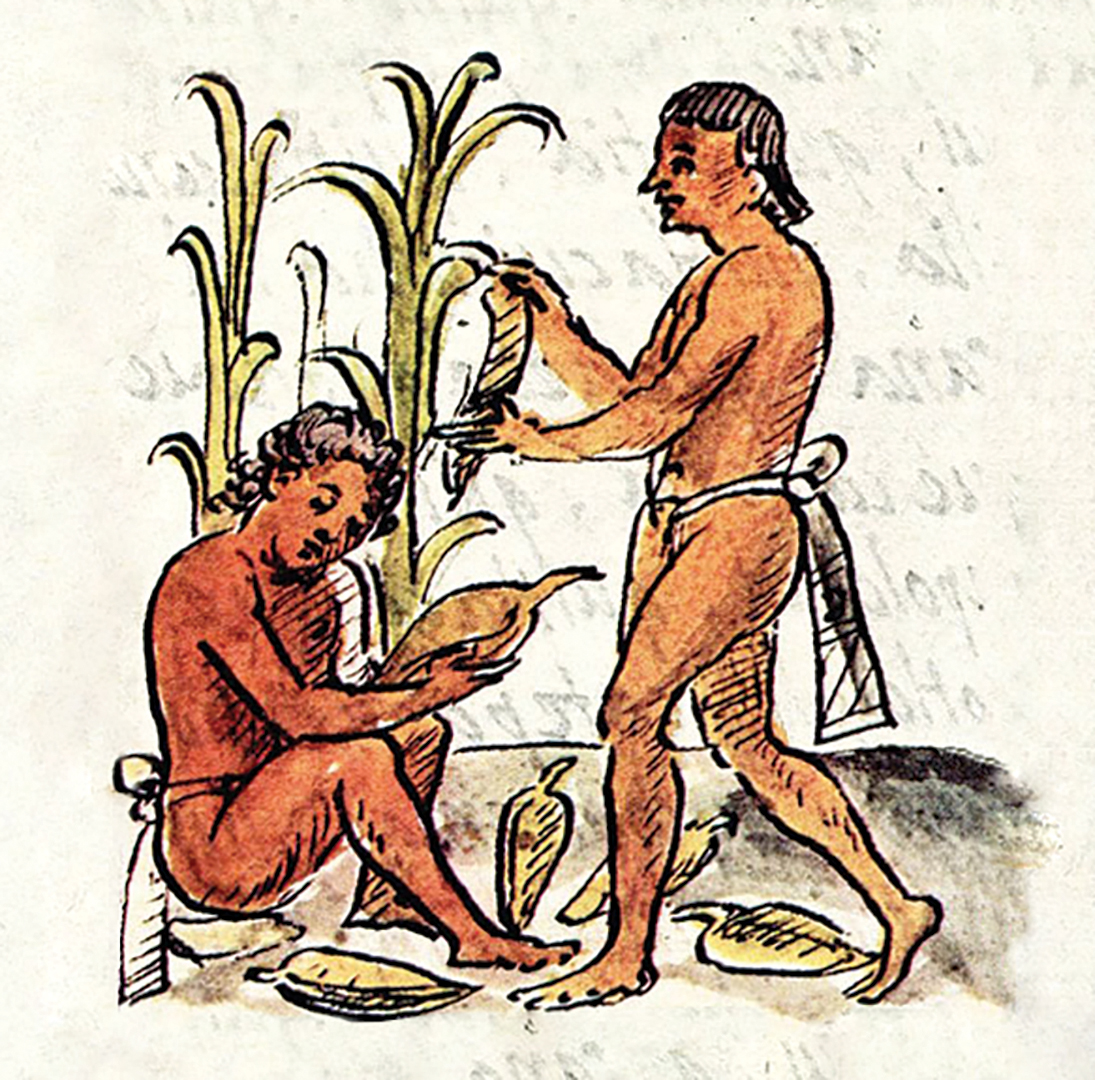
Corn kernels were “nixtamalized,” a process in which the corn is soaked and cooked in an alkaline solution (usually limewater) to remove the husk, washed, and then ground into a fine corn flour paste to make tortillas. Historians date the first traces of nixtamalized corn back to the Olmec culture in 1,500 BC, meaning they likely included a basic corn flatbread in their diets.
The famous Moctezuma, the ninth Aztec emperor of Mexico, used these corn tortillas to scoop and hold his food after a hot stone preparation. Years later, after the Spanish conquistador Hernán Cortés overthrew the Aztec empire, he fed his soldiers banquets of corn tortillas and pork.
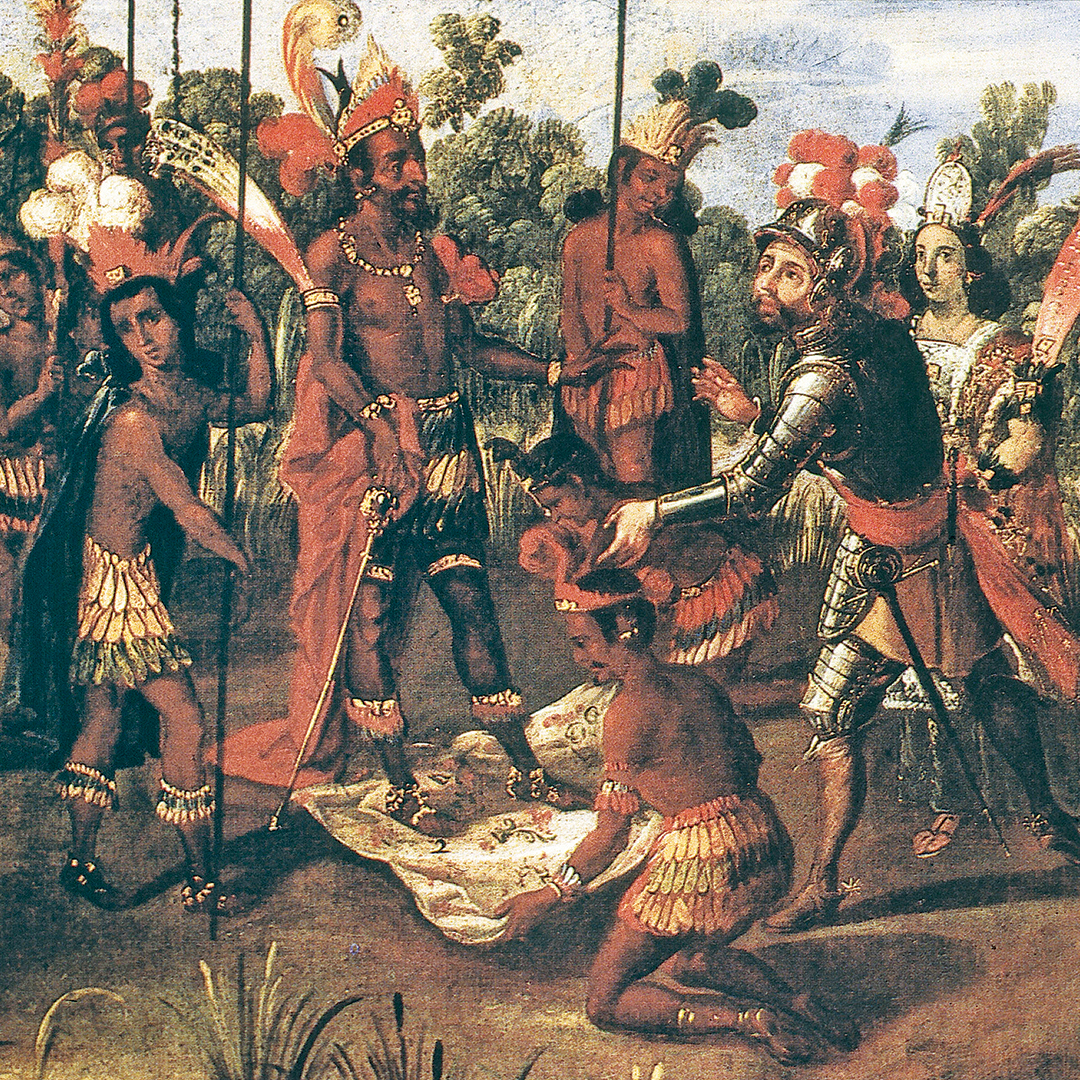
Authentic Mexican tacos in their modern form developed sometime in the 19th century in the booming Mexican silver mines. In those mines, the word “taco” referred to the little charges they would use to excavate the ore. These were pieces of paper that they would wrap around gunpowder and insert into the holes they carved in the rock face before detonation. To the miners, a small taco, or “taquito,” looked exactly like a small stick of dynamite. These “tacos de minero,” or miner’s tacos, used freshly made, soft, corn tortillas and filled them typically with fish.
From there, tacos spread through the working-class of Mexico, with taquerias popping up to offer modestly priced meals. Migrant women brought the taco to Mexico City to sell, and the city quickly transformed into the country’s biggest taco hub. In 1908, the city of Cuautla, Morelos was the birthplace of tacos made with sausage, chorizo, green sauce, pork rinds, and mole Verde. Eventually, these tacos made their way to the capital, Cuernavaca.
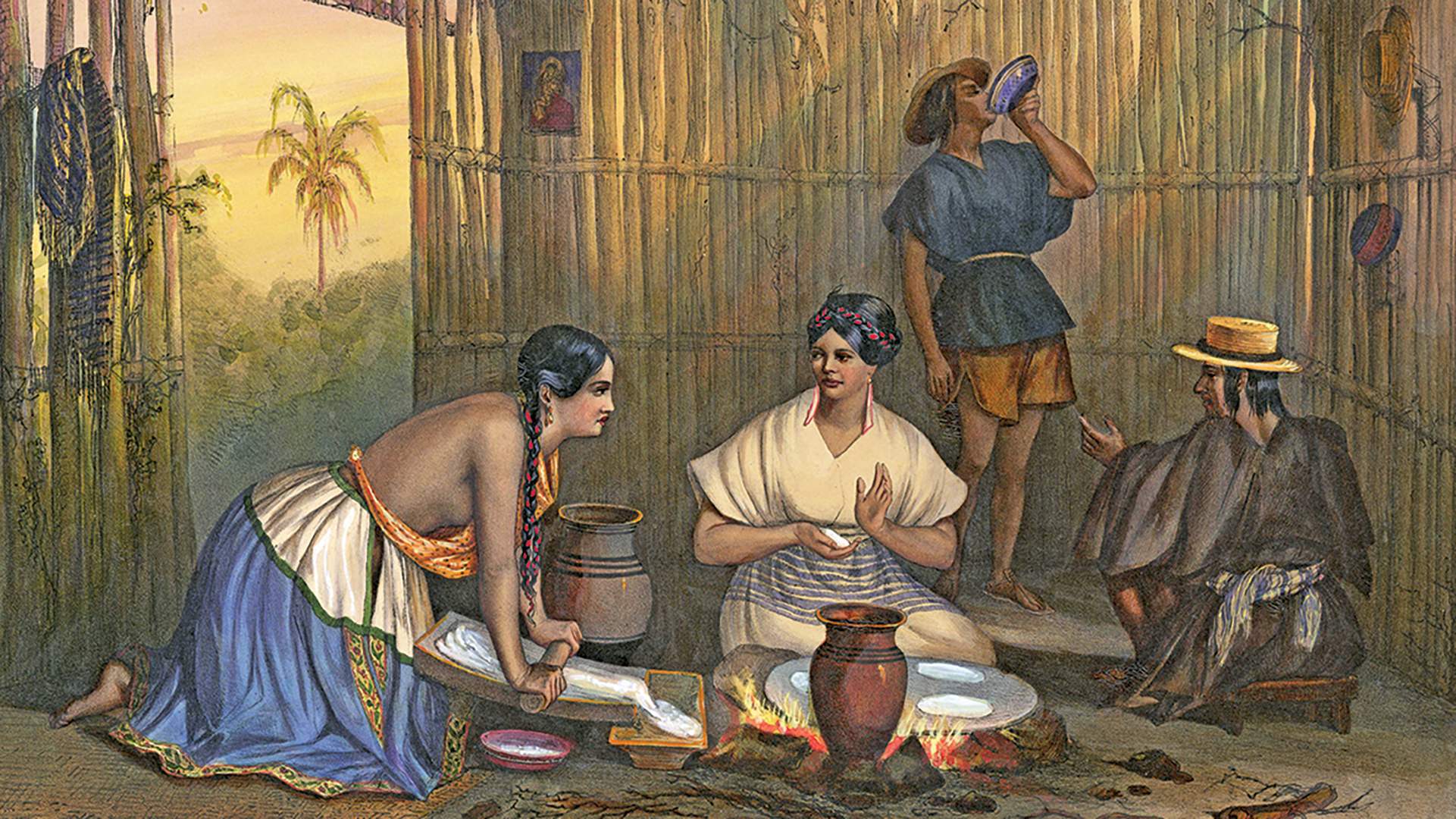
A giant Mexican economic crisis and job shortage caused Tlaxcala residents to develop a new taco-selling technique. Jobless citizens began creating and selling taco baskets, a practice kept up today. Taco makers assemble taco baskets each morning, then leave their homes by bike to sell their delicious foods in areas with heavy foot traffic. These days, you’ll see many “taqueros” selling by van for speed and increased distribution.
The creation of “tacos al pastor” marked the first time an outside culture affected this Mexican-born dish. During the 1930s and 1960s, there was a massive Lebanese migration to Mexico. Lebanese immigrants introduced the region to classic shawarma: roast lamb served on a flour tortilla or pita bread (pan árabe). This creation was originally known as tacos árabes; it used meat cooked on a vertical (or upright) grill. The technique of cooking meat on a vertical spit would eventually evolve into tacos al pastor, but the main difference is that tacos árabes usually use lamb. In addition, the meat in tacos al árabes isn’t marinated; it has a simple salt seasoning, and it’s served on flour tortillas.
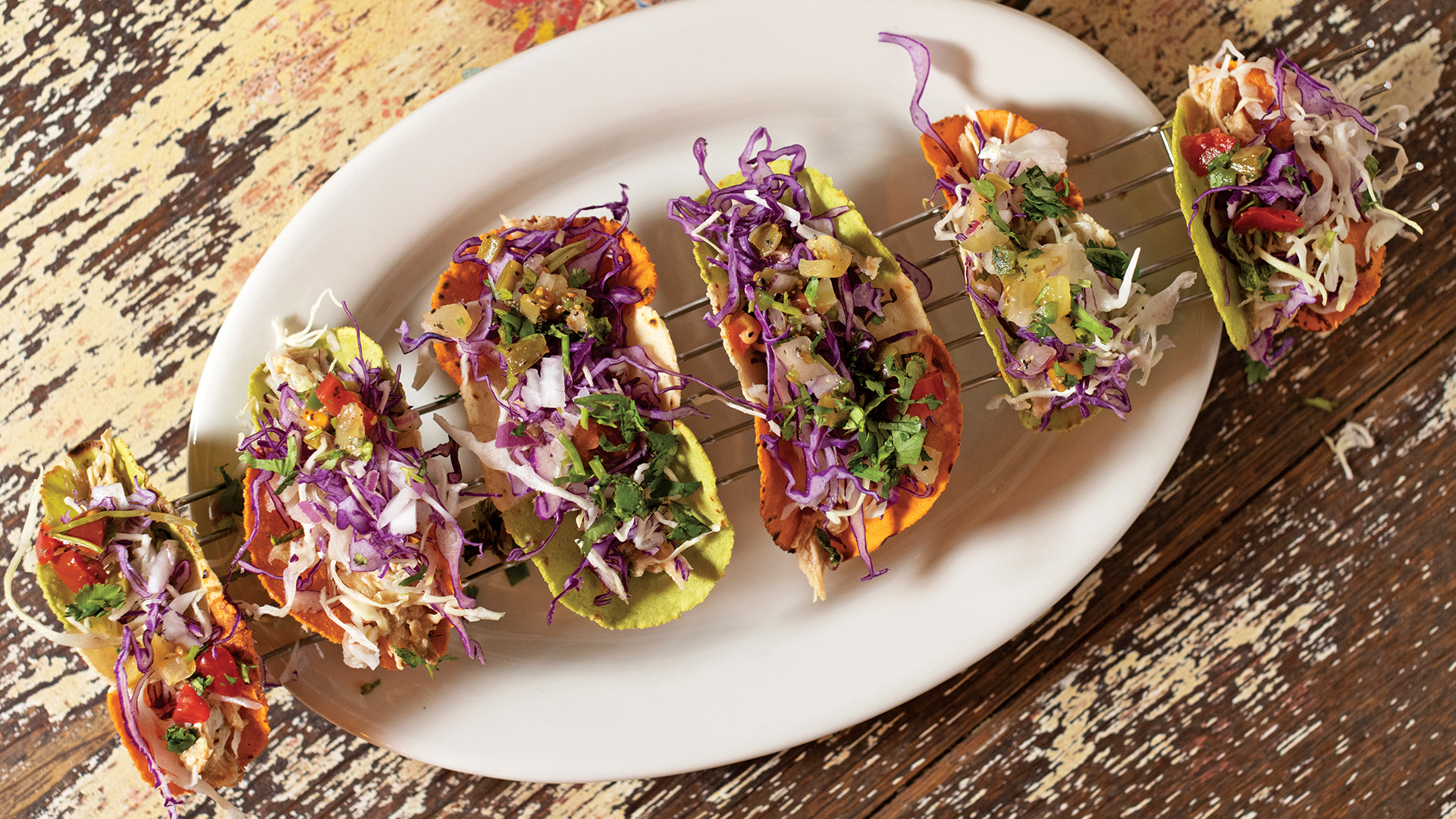
The taco was first introduced to the United States in 1905 when Mexican migrants arrived to work on the railroads. Tacos were associated primarily with a group of women called the Chili Queens of San Antonio, tamale pushcart vendors who earned a little extra money by selling food during festivals. Tourists came looking for two things in San Antonio—the Alamo and the Chili Queens. Mexico was considered a dangerous place. The Chili Queens were a way of sampling that danger, but not at the risk of being robbed by bandits. The food they sold was spicy and unfamiliar to the American palate—people described it as “biting like a serpent.”
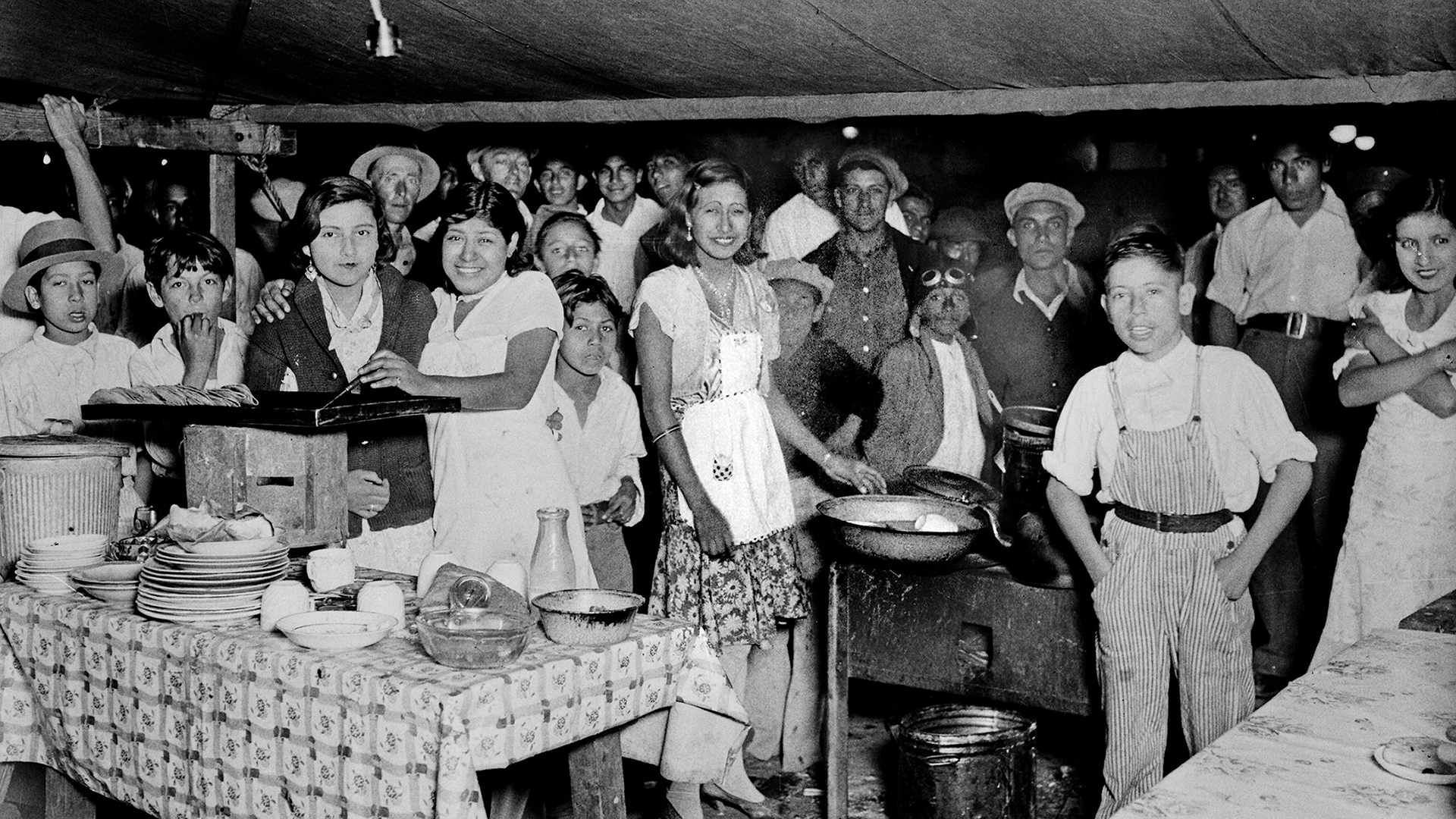
By 1920, the food Mexican immigrants brought in started to fuse with American ingredients, like ground beef and chicken. Cheddar cheese, lettuce, and tomato became standard fillings. These tacos became popular to Americans whose traditional cuisine favored more subtle flavors, and yet, the word “taco” was not being used by Mexicans. The word “taco” in a restaurant name was a way of selling Mexican food to non-Mexicans.
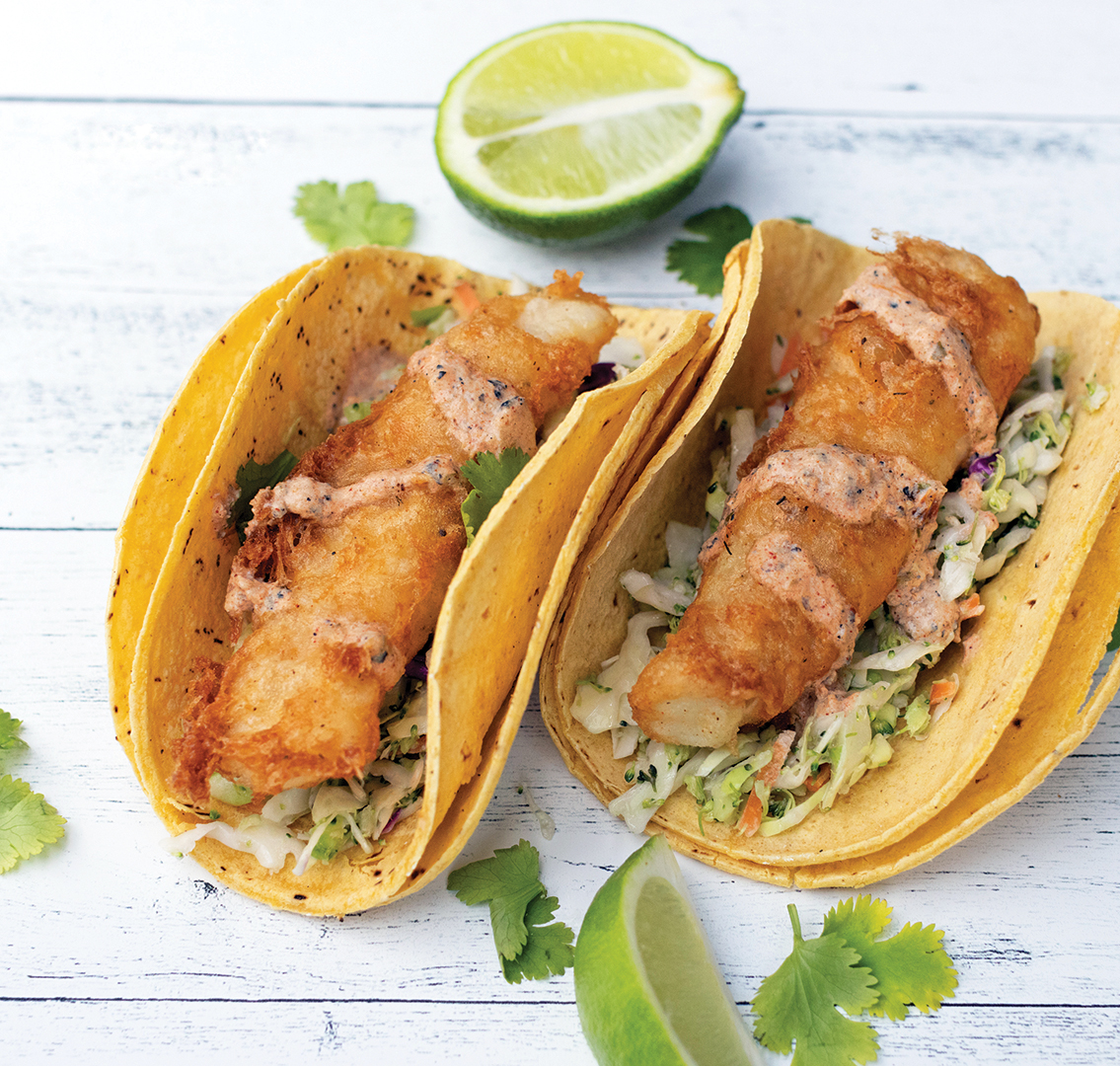
In 1951, a man by the name of Glen Bell had an idea to sell crispy-shell tacos from the window of his hamburger stand in San Bernardino, California. Of his first customer, Bell said, “He was dressed in a suit, and as he bit into the taco, the juice ran down his sleeve and dripped on his tie. I thought, ‘Uh-oh, we’ve lost this one.’ But he came back, and said, ‘That was good. Gimme another.’”
That became the foundation of Taco Bell. Bell opened the first location in Downey, California in 1962, serving what customers called “Tay-Kohs.” The creation of the Taco Bell franchise allowed Americans of other racial and ethnic groups to sample Mexican food, without actually venturing into Mexican neighborhoods. While Mexicans were cooking fresh tacos to order, Bell started making them ahead of time in order to serve them faster; this was due to the use of the U-shaped, pre-fried taco shell, something Bell claims to have invented in the 1950s. In reality, the original patents for making taco shells were awarded to Mexican restaurateurs 10 years earlier. In the 1940s, Mexican cookbooks described the way to make these shells, by taking a tortilla, frying it, and bending it over to form the distinctive U-shape.

In 1970, Taco Bell went public with a total of 325 restaurants, and Americans were hooked. Restaurants nationwide began enticing diners with specials on this popular cuisine. In 1973, the South Dakota’s Rapid City Journal placed an ad for a local drive-in that asked people to “Stop in on Taco Tuesday.” Despite this being the earliest known mention of the term “Taco Tuesday,” it hasn’t stopped countless other taco chains from laying claim to it over the years.
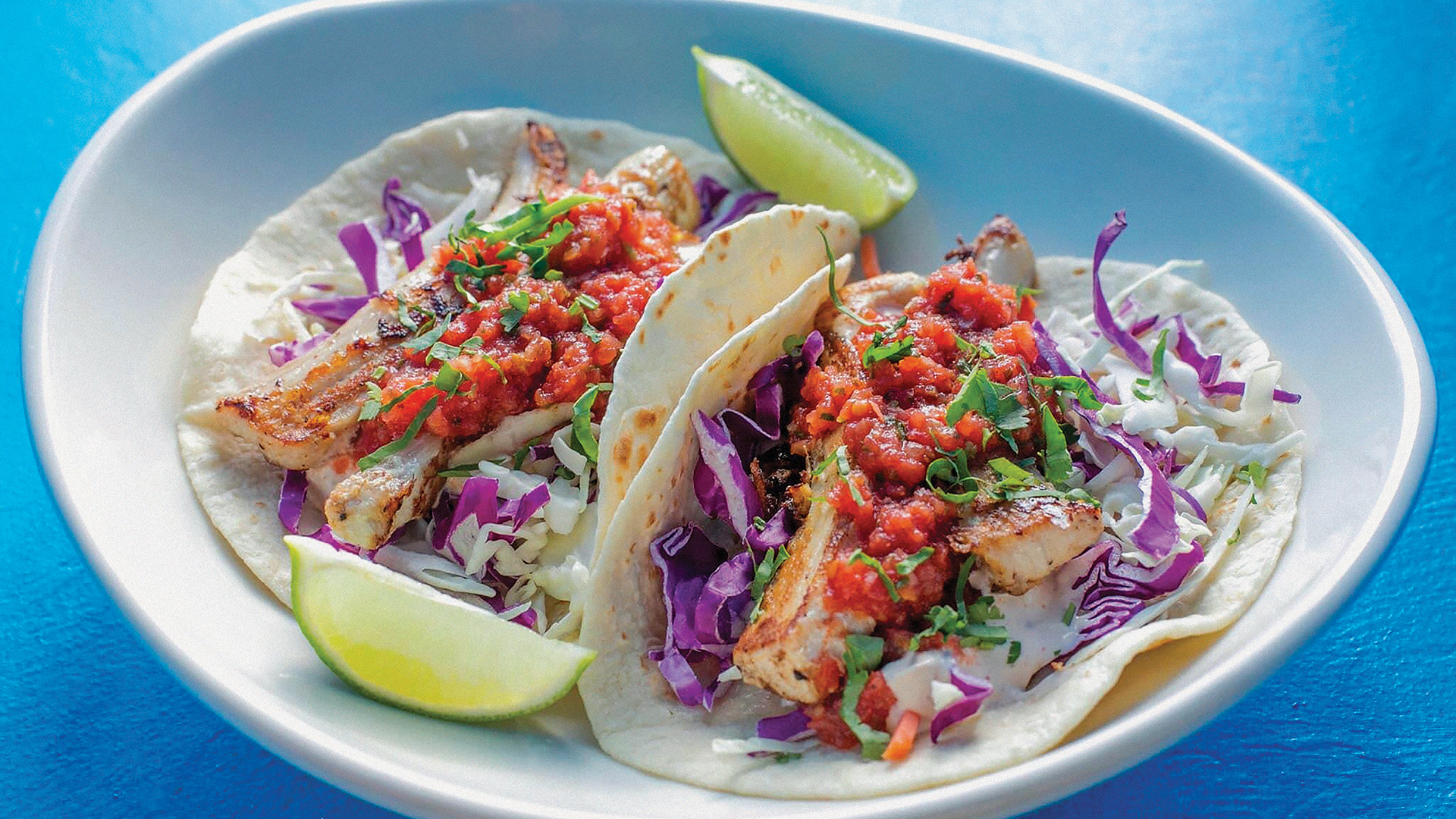
Taco John’s, one of the largest Mexican restaurant chains in the United States with 400+ stores, claims to have registered this ubiquitous phrase in 1989. On its website, Taco John’s exhorts: “Ever hear of Taco Tuesday®? We started it! We even trademarked it.” Over the years, Taco John’s has become increasingly infamous for their frequent cease and desist notices sent to smaller businesses, all of whom use the phrase Taco Tuesday in their marketing. Although these efforts haven’t been especially effective, Taco John’s continues to fight for the sole use of the phrase, much to the displeasure of many.
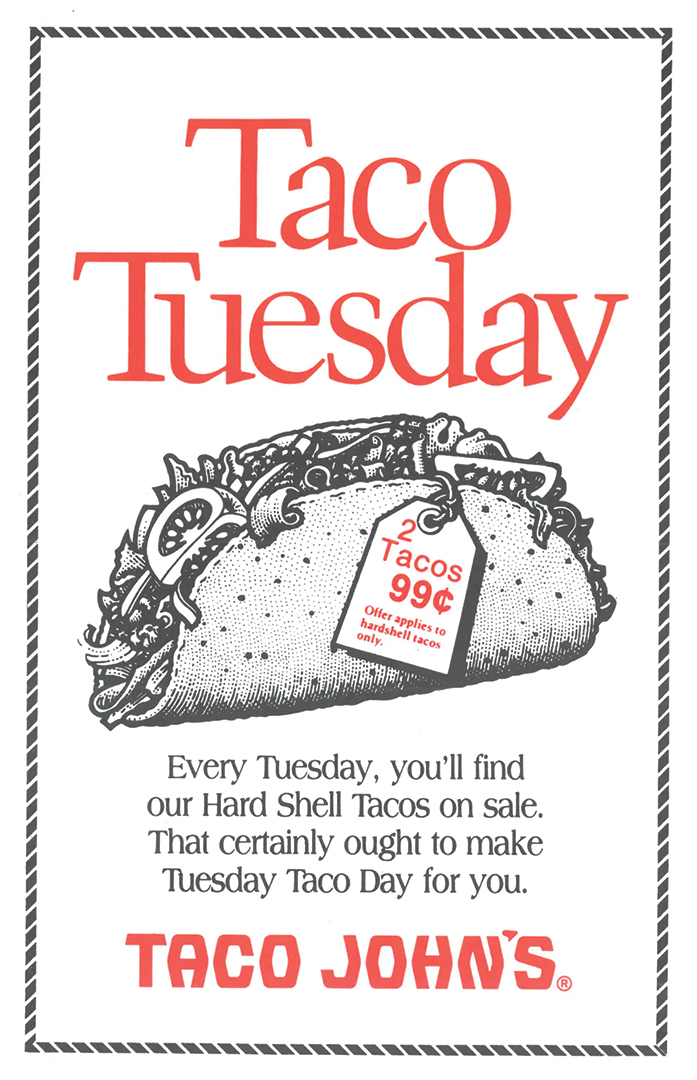
NBA super star LeBron James joined the fray in August 2019. James, a long-time fan of Taco Tuesday, has regularly posted videos to Instagram of himself chanting “Taaacccoooo Tuuueesssdddaaayyy!,” resulting in eager fans asking James to repeat this chant during Los Angeles Laker games. He decided that he too would try to trademark the phrase Taco Tuesday, but the United States Patent and Trademark Office quickly denied the request, stating, Taco Tuesday is, “a commonplace term, message or expression widely used by a variety of sources that merely conveys an ordinary, familiar, well-recognized concept or sentiment.” James took this decision as a victory because he felt, if the phrase is so common, then he can use it and be free from liability, and so can everyone else.
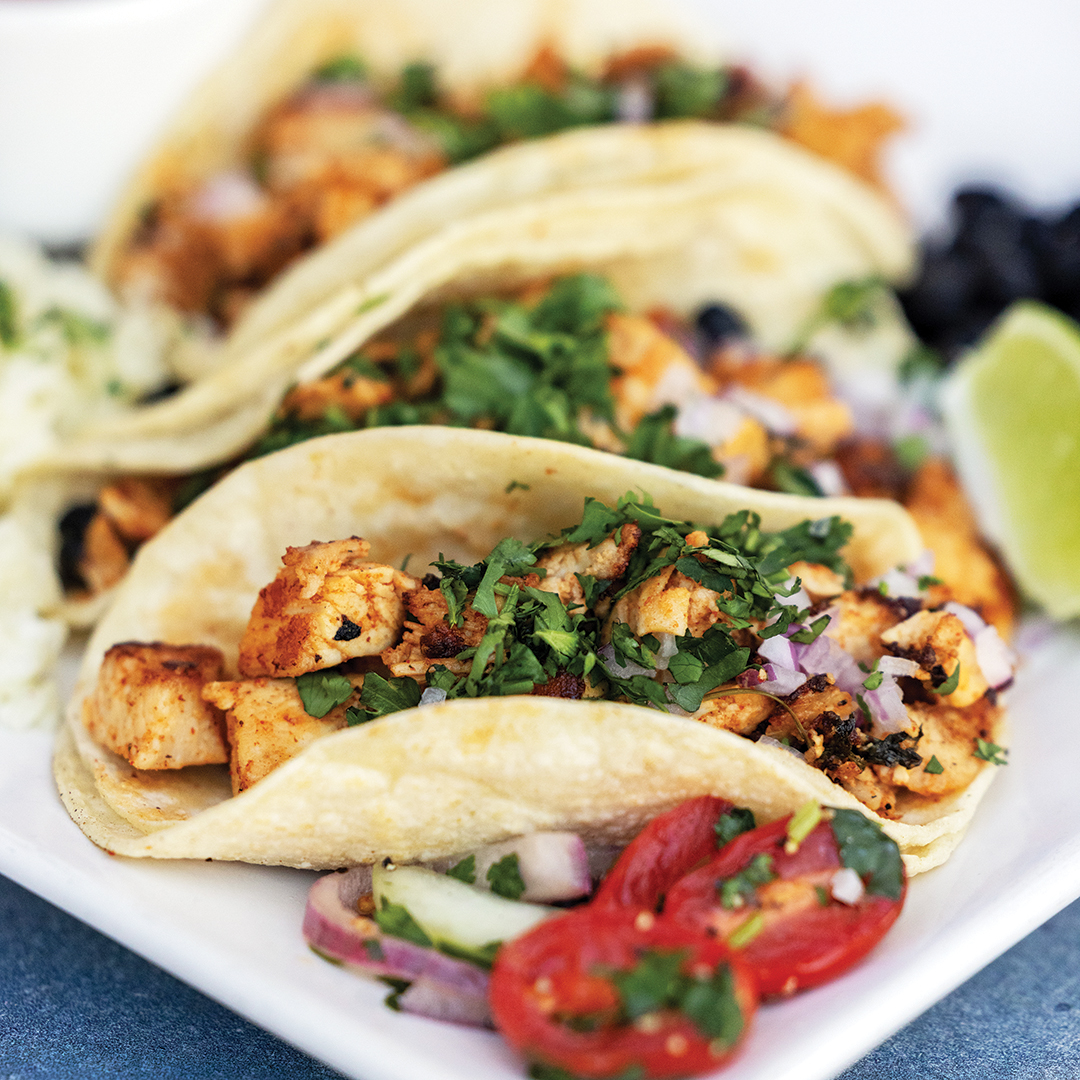
Today, the taco scene continues to evolve. Mexican restaurants are turning away from Americanizing their ingredients and are now bringing the real taste of Mexico, deepening America’s appreciation for this authentic dish. Simultaneously, creative chefs see the taco as a blank canvas for culinary exploration and an opportunity to experiment with flavors and fusion. Thanks to this variety, having multiple taco shops in town isn’t overkill. Instead, the different experiences offered from place to place create a market that allows a number of ideas to thrive. Though the taco came from Mexico, it seems to be one of the most universally loved foods worldwide. The future of tacos looks bright.
Taco Tuesday…. On the Road!
Despite LeBron James’ attempt to trademark “Taco Tuesday,” the tradition has been a staple for many Americans for years. So, if you are headed out of town and still want your Taco Tuesday fix, check out a few of our editor’s favorites for some delicious and varied fare, no matter where you are in Idaho.
BOISE
Madre Boutique Taqueria
Located just below the Boise Bench on the edge of the BSU campus, Madre Boutique Taqueria serves up mouth-watering tacos with a twist. Traditional fare like queso fundido and housemade guacamole share the menu with the Korean Short Rib street taco, the Pork Belly Bahn Mi and the Pineapple El Pastor. The good news: they’re alls street taco size, so order more than one to sample all of the flavors!
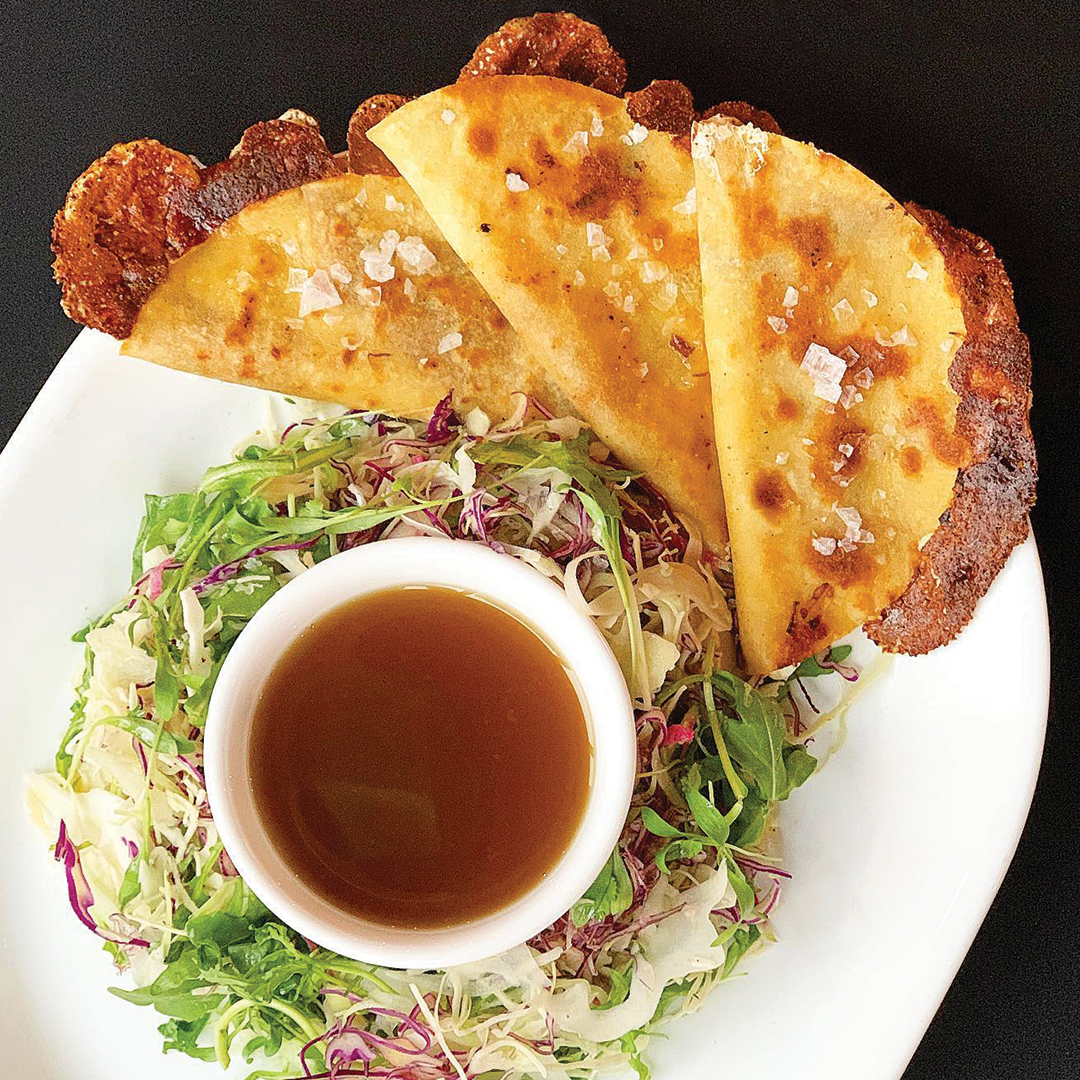
The Funky Taco
This downtown Boise hot spot features traditional tacos like the Macho (ancho/coffee braised brisket, roja salsa, cabbage, cilantro and lime crema) alongside creative offerings like the Shiitake Birria (chipotle ginger mushrooms) or the delicious Thaico, a Thai curry concoction.
TWIN FALLS
Elevation 486
Perched on the rim of the Snake River Canyon, with a spectacular view of the Perrine Bridge, this is Taco Tuesday with a view! Grab the Grilled Shrimp Tacos as an entree for lunch or to share with friends, served with crisp cabbage, onions, cilantro and mango salsa.
KB’s Burritos
Tucked in on Fillmore Street, KB’s Burritos (with a location in Eagle too) is the place to go for Taco Tuesday–with any three tacos offered for the price of two all day! Choose from their famous fish taco (grilled mahi mahi), chicken, pork, shrimp, perfectly grilled steak, veggie options or street tacos served traditional style (pineapple pork, onion, radish and cilantro).


